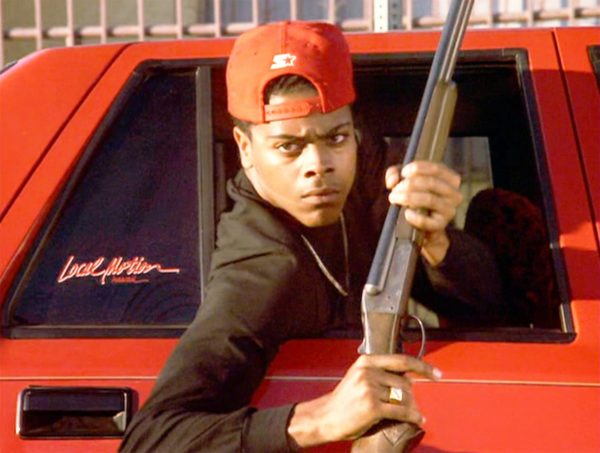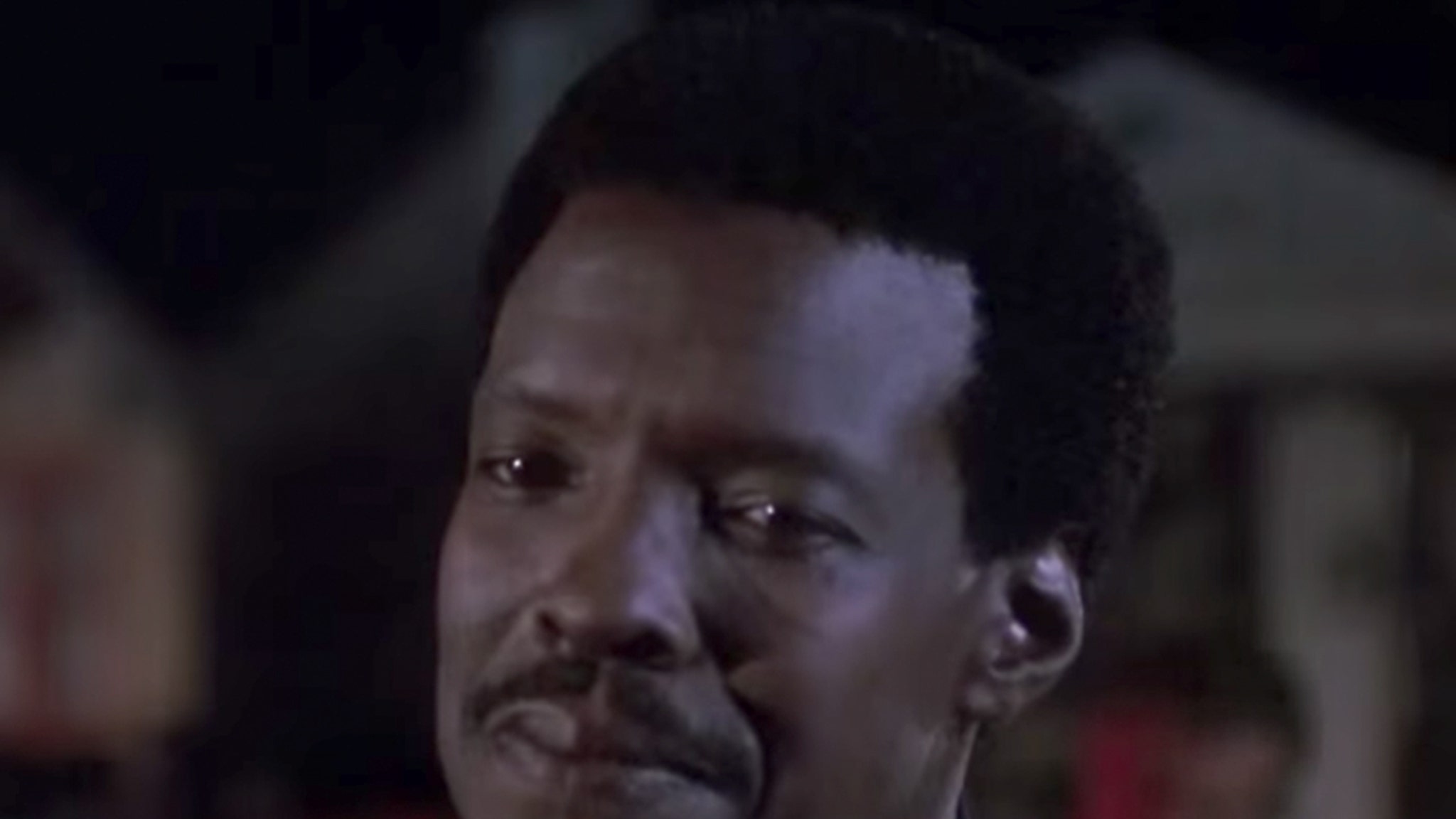

Having already placed us in one of New York’s preëminent African-American neighborhoods, in an industrial structure, Abraham and his set designer, Dan Scully, then added to the atmosphere: a basketball backboard and hoop hang high up in one corner the gray marley floor has a bright-orange border marking its perimeter, enlarging on the basketball-court imagery the orange square is echoed on the backboard. The two-hundred-seat theatre there, which opened in 2006, retains the buff and red brick of the original walls, and a patterned arch over the rear of the stage forms a pushed-back proscenium. Harlem Stage’s Gatehouse venue, on West 135th Street, occupies a former pumping station for the Croton Aqueduct system, built in the eighteen-eighties. Much of this comes from its setting and décor. In spite of the complexity of such a high-minded idea, Abraham has created a work of great subtlety and beauty.
THE BOYZ N THE HOOD CRACK
From the perspective of 1991, when the ravages of H.I.V., crack addiction, and gang genocide were entrenched, not much seems to have gone right. Du Bois’s text made no appearance in “Pavement,” but Abraham included a quote from it in the program, which hovered over the dance: “Men call the shadow prejudice, and learnedly explain it as a natural defense of culture against barbarism, learning against ignorance, purity against crime, the ‘higher’ against the ‘lower’ races.” In the light of Du Bois’s words from more than a century ago, the realities as depicted in the film are sobering. Du Bois, whose essays became instrumental in African-Americans’ struggle for equality in the twentieth century. He also wanted to look at the history that had preceded the strife represented in “Boyz n the Hood,” and found a pertinent source in “The Souls of Black Folk,” the 1903 book by W. He used the film as a springboard for examining life in Pittsburgh’s African-American communities in the Hill District and East Liberty Homewood and reflecting on the state of the black American experience in the two decades since its release.īut Abraham’s conception was even more sweeping. For “Pavement,” he went back to 1991, to reimagine the film “Boyz n the Hood,” about gangs in South Central Los Angeles, which was released that summer. For someone whose career has taken off in such a big way, though, he retains a strong connection to his Pittsburgh roots, and shows great integrity in his dance-making, both of which were evident in his newest work, “Pavement,” which Abraham presented recently at Harlem Stage.Ībraham, who is African-American, went to high school in the Hill District of Pittsburgh, a historically black neighborhood, and in several of his previous works he drew on his experiences there.

In December, the Alvin Ailey American Dance Theatre will première a work that it commissioned from him. In 2006, he established his company, Abraham.In.Motion, and since then has produced dances that have earned him awards and critical acclaim.

The thirty-five-year-old choreographer Kyle Abraham has come a long way in just a few years.


 0 kommentar(er)
0 kommentar(er)
